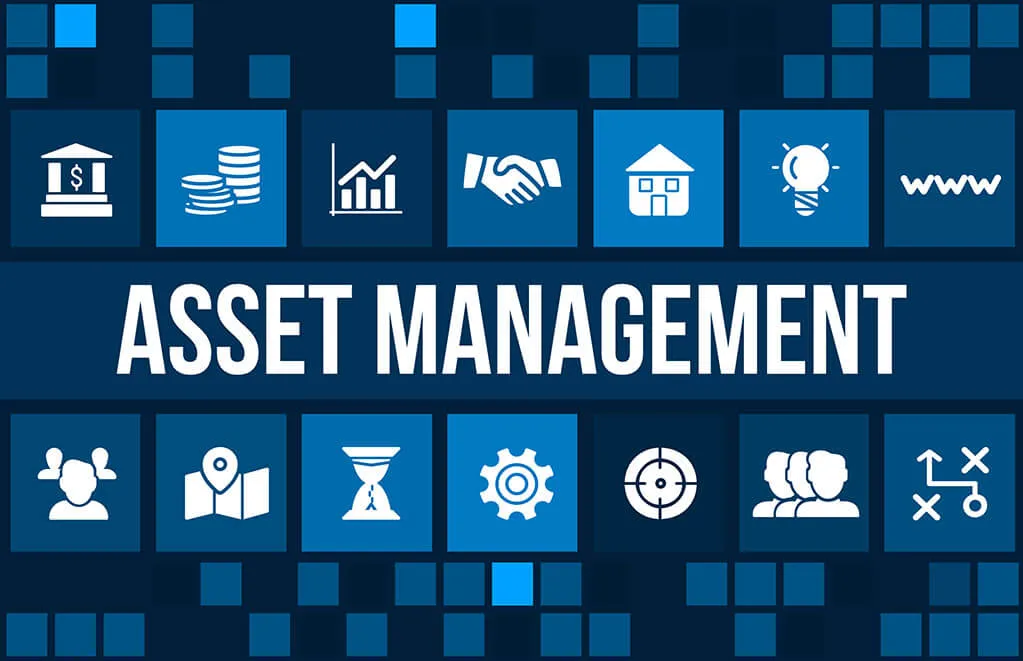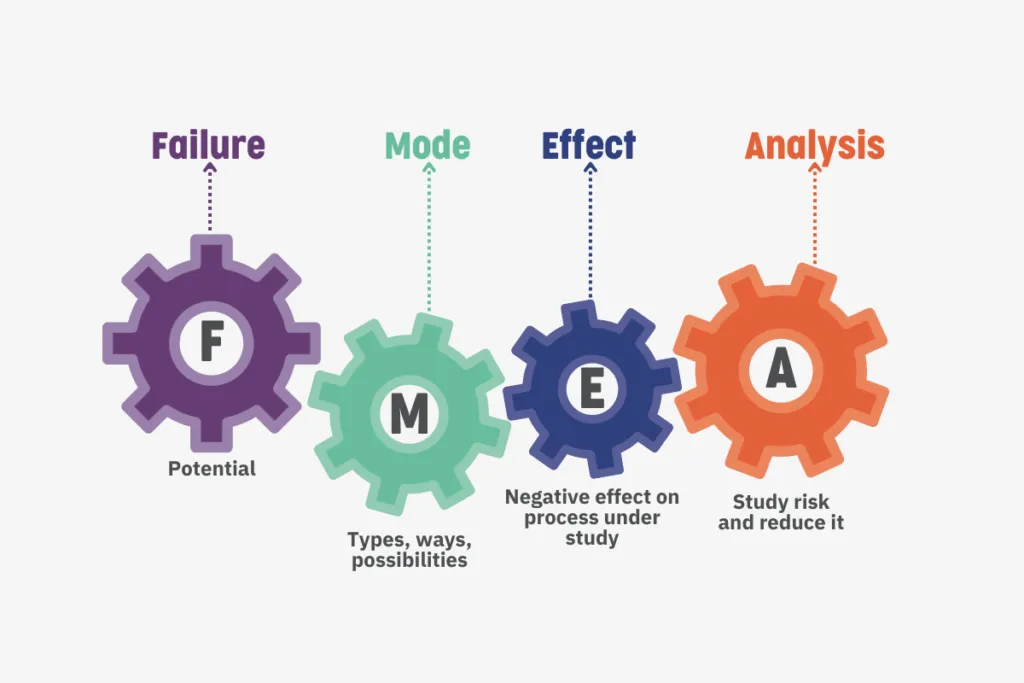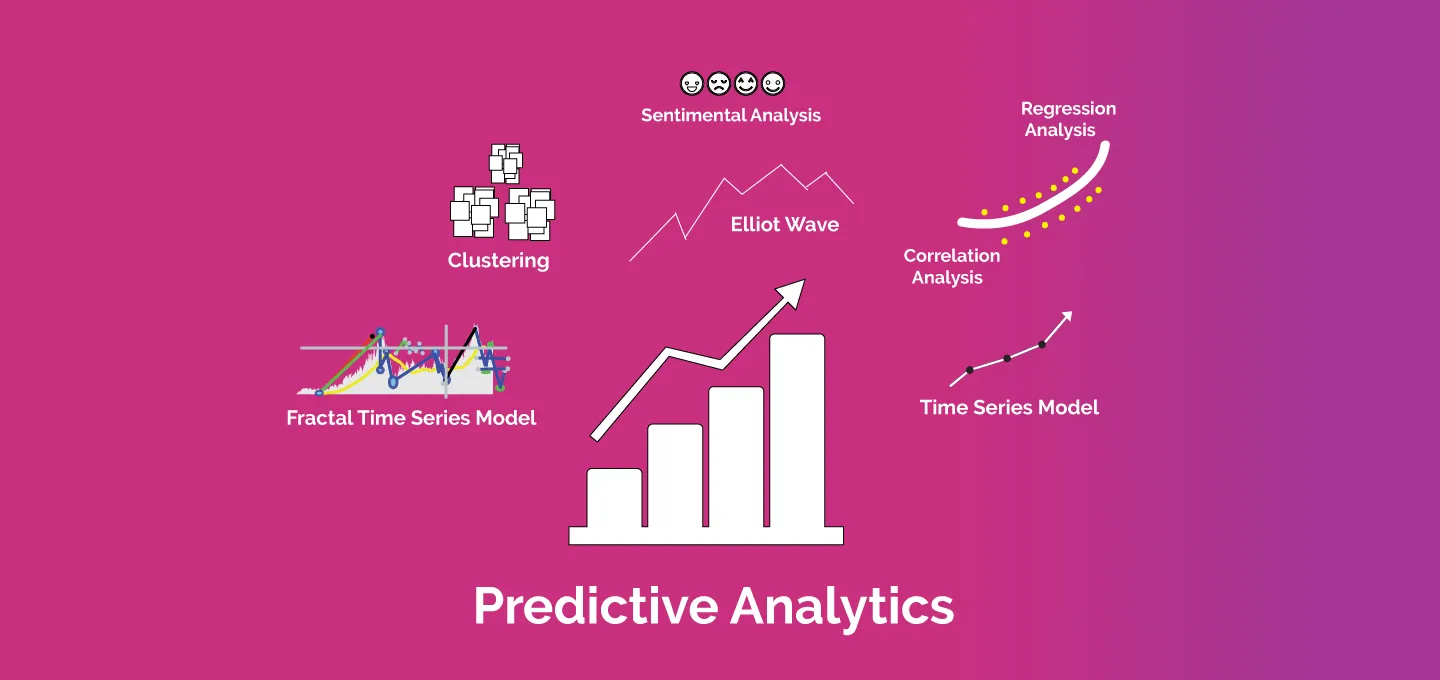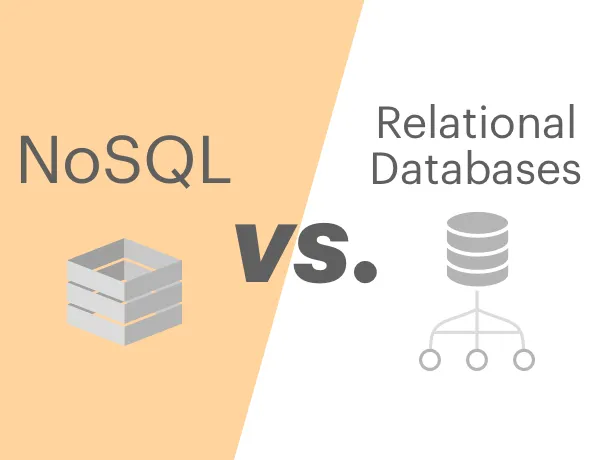Data Security in Mechanical Databases
In the fast-evolving landscape of technology, where data fuels operations and innovation, ensuring the security of mechanical databases is paramount. In this blog post, we’ll delve into the critical realm of Data Security in Mechanical Databases, exploring best practices for database security in mechanical applications and the imperative of secure data transmission in these systems.
Data Security in Mechanical Databases
As mechanical systems become more integrated and reliant on digital databases, the need to safeguard sensitive information has never been more crucial. Data Security in Mechanical Databases involves implementing measures to protect the confidentiality, integrity, and availability of data. Let’s explore the key aspects of ensuring robust data security in mechanical databases:
Access Control Mechanisms
Implementing stringent access controls is the first line of defense against unauthorized access to sensitive data. Role-based access ensures that only authorized personnel have access to specific data, minimizing the risk of data breaches.
Encryption Protocols
Encrypting data both at rest and in transit is fundamental to data security. Robust encryption protocols, such as AES (Advanced Encryption Standard), safeguard data from unauthorized access. This ensures that even if a breach occurs, the intercepted data remains indecipherable.
Regular Auditing and Monitoring
Continuous monitoring and regular audits are essential for identifying and mitigating potential security threats. Real-time monitoring helps detect unusual patterns or activities that might indicate a security breach, allowing for immediate intervention.
Data Masking and Anonymization
For non-production environments or when sharing data for testing purposes, employing data masking and anonymization techniques helps protect sensitive information. This ensures that even if data is accessed in a non-production setting, it doesn’t compromise privacy or security.
Database Security Best Practices for Mechanical Applications
Securing databases in mechanical applications requires a comprehensive and strategic approach. Let’s explore the best practices organizations should adopt to fortify the security of their mechanical databases:
Regular Software Patching
Keeping database software up-to-date is critical for addressing known vulnerabilities. Regularly applying software patches ensures that the database system is fortified against potential exploits that could compromise data security.
Secure Configuration Settings
Configuring databases with security in mind is vital. Ensuring that default usernames and passwords are changed, unnecessary features are disabled, and secure configuration settings are applied helps create a robust security posture.
Database Activity Monitoring (DAM)
Database Activity Monitoring tools track and log database activity in real-time. This provides visibility into who is accessing the database and the nature of their activities. DAM is an essential component of detecting and responding to potential security incidents promptly.
Data Encryption for Backups
Backing up data is a routine practice, but ensuring that these backups are encrypted adds an extra layer of protection. Encrypted backups prevent unauthorized access to sensitive information in the event of data loss or system breaches.
Secure Data Transmission in Mechanical Systems
The seamless operation of mechanical systems often relies on the efficient and secure transmission of data between various components. Secure Data Transmission in Mechanical Systems is essential to prevent unauthorized access, tampering, or interception of sensitive information. Let’s delve into the key strategies for ensuring secure data transmission:
Transport Layer Security (TLS)
Implementing TLS protocols ensures secure and encrypted communication over networks. Whether it’s sensor data transmitted within an industrial environment or communication between different components, TLS encrypts the data, safeguarding it from potential eavesdropping or tampering.
VPN (Virtual Private Network) Implementation
Utilizing VPNs for data transmission creates a secure, private network connection over the internet. This is particularly relevant in scenarios where data needs to be transmitted over external networks, providing an encrypted tunnel that protects against unauthorized access.
Secure Protocols for IoT Devices
In the era of the Internet of Things (IoT), where sensors and devices communicate in real-time, using secure communication protocols is paramount. Implementing protocols like MQTT (Message Queuing Telemetry Transport) with proper authentication and encryption ensures the secure transmission of data in IoT ecosystems.
Data Integrity Checks
Implementing checksums or hash functions during data transmission allows the recipient to verify the integrity of the received data. This ensures that the data has not been tampered with during transmission, providing an additional layer of security.
Encryption in Database Management
The crux of data security lies in the protection of information from prying eyes, and encryption serves as the frontline defense in database management. In essence, encryption is the process of converting plain, readable data into a coded format that requires a decryption key for access. Let’s delve into the key aspects that make encryption indispensable in database management:
Data Confidentiality
Encryption ensures that even if unauthorized entities gain access to the database, the data they encounter is indecipherable without the corresponding decryption key. This guarantees the confidentiality of sensitive information, protecting it from potential breaches.
Secure Data Transmission
In scenarios where data is transmitted between different components or over networks, encryption plays a crucial role in securing the transmission. Whether it’s data moving within the internal network or being sent externally, encrypted communication mitigates the risk of interception and tampering.
Compliance with Privacy Regulations
Many data protection regulations and industry standards mandate the use of encryption to protect sensitive information. Adhering to these standards not only safeguards organizations from legal repercussions but also instills trust among customers and stakeholders.
Protection Against Insider Threats
Even within organizations, there’s a risk of insider threats where employees or individuals with access to the database may misuse or mishandle sensitive data. Encryption ensures that, even with access privileges, individuals cannot view or misuse confidential information without the proper decryption key.
Access Control in Mechanical Databases
In the realm of mechanical databases, controlling access to sensitive information is pivotal for both operational integrity and data security. Access Control in Mechanical Databases involves implementing measures that govern who can access the database, what actions they can perform, and ensuring that access aligns with organizational roles and responsibilities. Here are key considerations for effective access control:
Role-Based Access Control (RBAC)
RBAC is a fundamental access control mechanism where permissions are assigned based on an individual’s role within the organization. In a mechanical database context, different roles may include maintenance personnel, engineers, or administrators, each with varying levels of access.
Granular Permission Settings
To minimize the risk of unauthorized access, access control mechanisms should be granular, allowing organizations to define specific permissions at a detailed level. This ensures that individuals only have access to the information necessary for their roles.
Audit Trails and Monitoring
Implementing robust audit trails and monitoring mechanisms provides visibility into who is accessing the database and what actions they are performing. Regular audits help organizations identify anomalies, potential security breaches, or instances of unauthorized access.
Two-Factor Authentication (2FA)
Adding an extra layer of authentication through 2FA enhances access control. Even if login credentials are compromised, 2FA requires an additional verification step, significantly reducing the risk of unauthorized access.
Compliance with Data Protection Regulations in Databases
In an era where data breaches can have severe consequences, compliance with data protection regulations is not just a best practice but a legal imperative. Organizations handling databases need to align their practices with regulations to ensure the privacy and security of sensitive information. Let’s explore key considerations for Compliance with Data Protection Regulations in Databases:
GDPR (General Data Protection Regulation)
GDPR, applicable in the European Union, mandates stringent requirements for the processing and protection of personal data. Compliance involves obtaining explicit consent for data processing, notifying individuals of data breaches, and implementing measures like encryption and access controls.
HIPAA (Health Insurance Portability and Accountability Act)
In the healthcare sector, compliance with HIPAA is crucial for protecting the confidentiality and integrity of patient information. Databases containing healthcare data must implement strict access controls, encryption, and auditing mechanisms to adhere to HIPAA requirements.
PCI DSS (Payment Card Industry Data Security Standard)
Organizations handling payment card data must comply with PCI DSS. This involves securing databases with encryption, conducting regular security assessments, and maintaining strict access controls to protect financial information.
Data Localization Requirements
Some regulations mandate that data must be stored within specific geographical boundaries. Organizations need to be aware of and comply with these data localization requirements to avoid legal repercussions.
the integration of Encryption in Database Management, Access Control in Mechanical Databases, and Compliance with Data Protection Regulations forms the cornerstone of a robust and secure data management strategy. Organizations that prioritize these aspects not only fortify themselves against potential threats but also demonstrate a commitment to safeguarding sensitive information. As technology continues to evolve, the synergy between advanced security measures and meticulous compliance efforts will play a pivotal role in shaping a secure and responsible digital landscape for industries worldwide.
Conclusion
as mechanical systems become more intertwined with digital databases, the importance of Data Security, Database Security Best Practices, and Secure Data Transmission cannot be overstated. Organizations must adopt a proactive and strategic approach to safeguard sensitive information, ensuring the resilience and reliability of their mechanical databases. By implementing robust access controls, encryption protocols, and monitoring mechanisms, industries can navigate the digital landscape with confidence, knowing that their data is protected against evolving security threats. As technology continues to advance, the synergy between data security measures and mechanical systems will shape a secure and efficient future for industrial operations.








